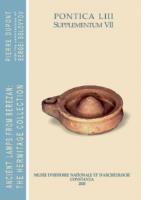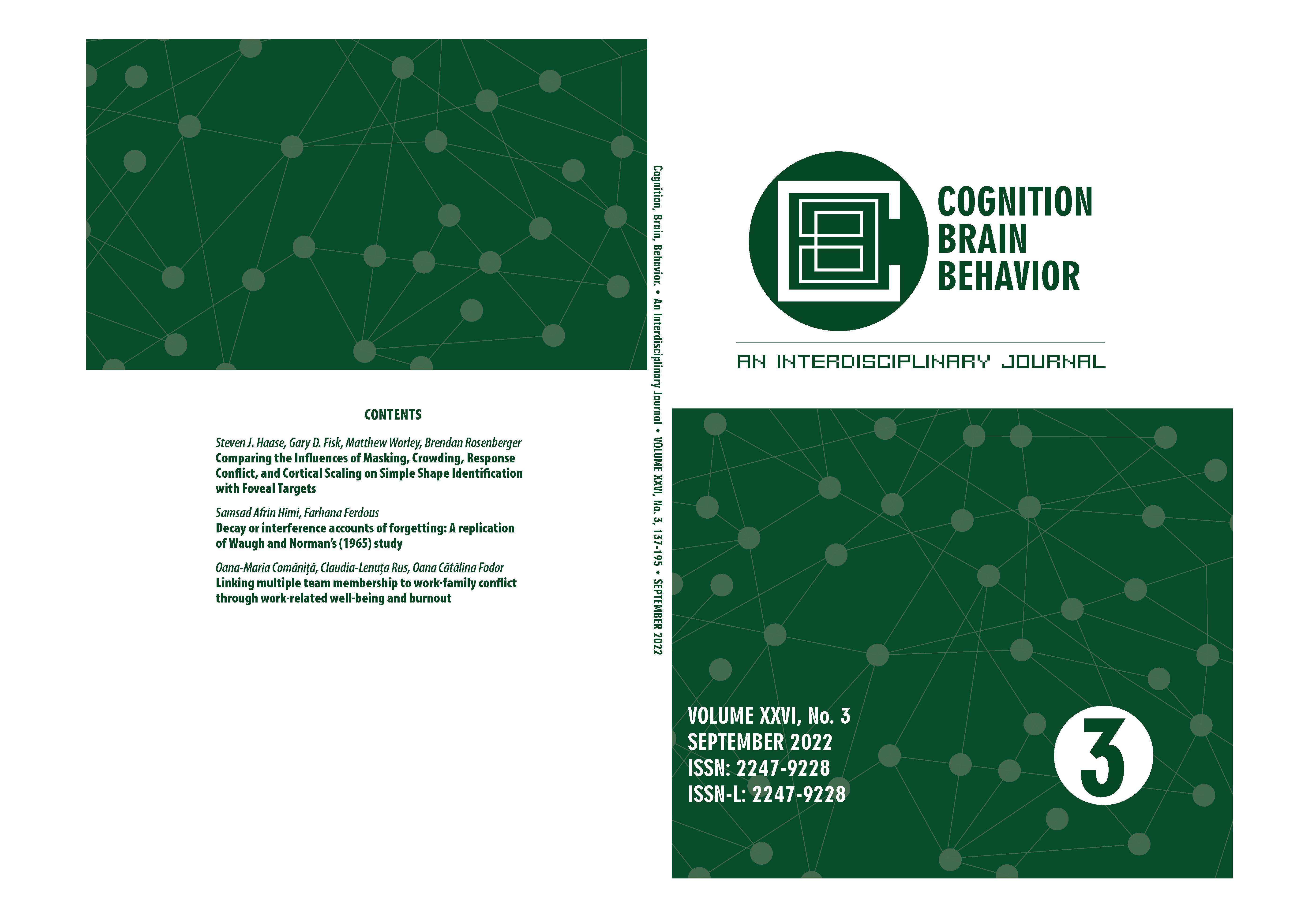
The Failure of Neo-Ottomanist Foreign Policy in Turkey: The Case of Palestinian Reconciliation Process
The Failure of Neo-Ottomanist Foreign Policy in Turkey: The Case of Palestinian Reconciliation Process
Keywords: Neo-Ottomanism; Turkey; Palestine; Hamas; Fatah;
This article aims to examine the Middle East-oriented neo-Ottomanist policies in Turkish foreign policy during the JDP era and to explain the reason for the failure of neoOttomanism through Turkey’s mediation in the reconciliation process between Hamas and Fatah in the Palestinian politics. It is argued that Turkey’s neo-Ottomanist foreign policy failed due to the presence of other regional and global actors competing for influence in the Middle East. When Turkey’s neo-Ottomanist policies conflicted with the interests of the other states seeking influence, Turkey could not achieve its neo-Ottomanist goals. The article shows Turkey’s mediation efforts in the intra-Palestinian reconciliation process as an example to this failure. In the Palestinian reconciliation process, Turkey played a mediator role for years and supported each reconciliation attempt, in accordance with its neo-Ottomanist agenda. However, as two strong actors in the Palestinian politics, the US and Israel, opposed this reconciliation and blocked all reconciliation attempts between Hamas and Fatah, Turkey’s efforts were not enough to bring the process to a permanent solution.
More...

